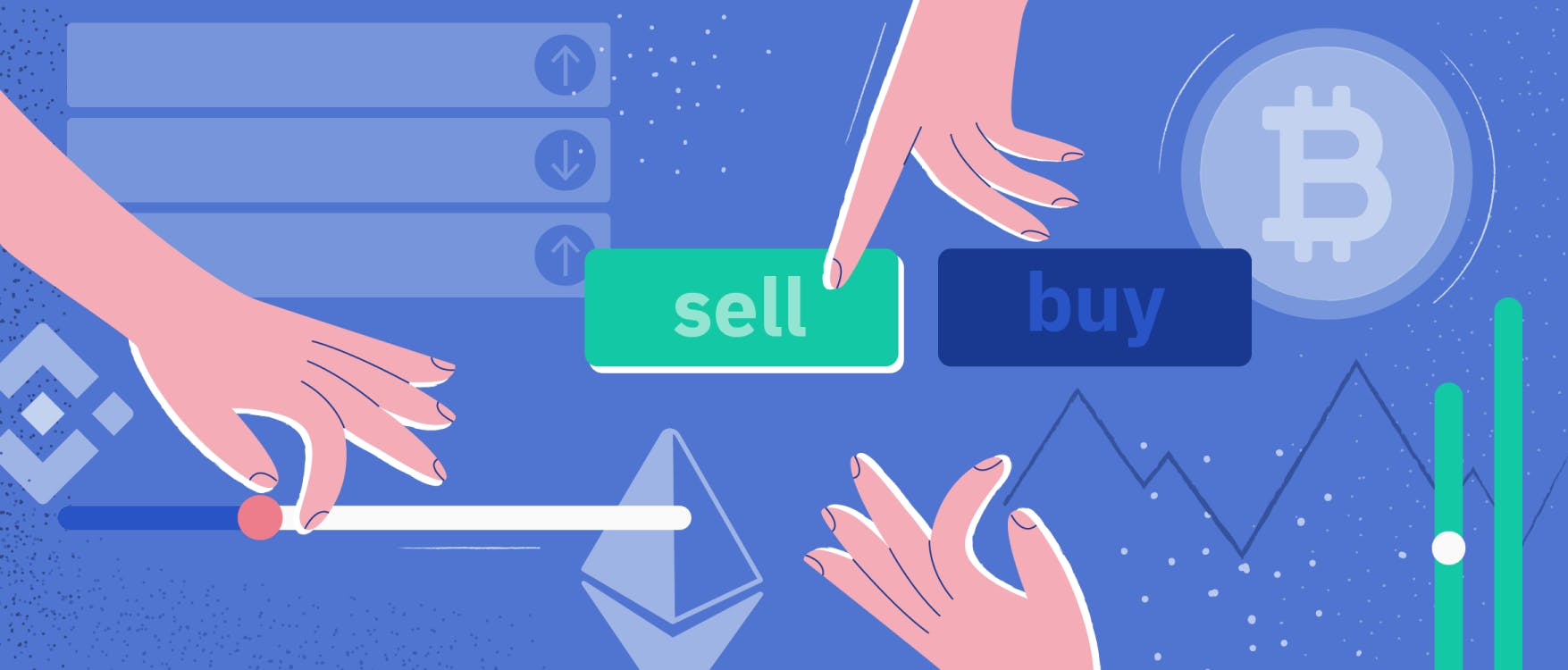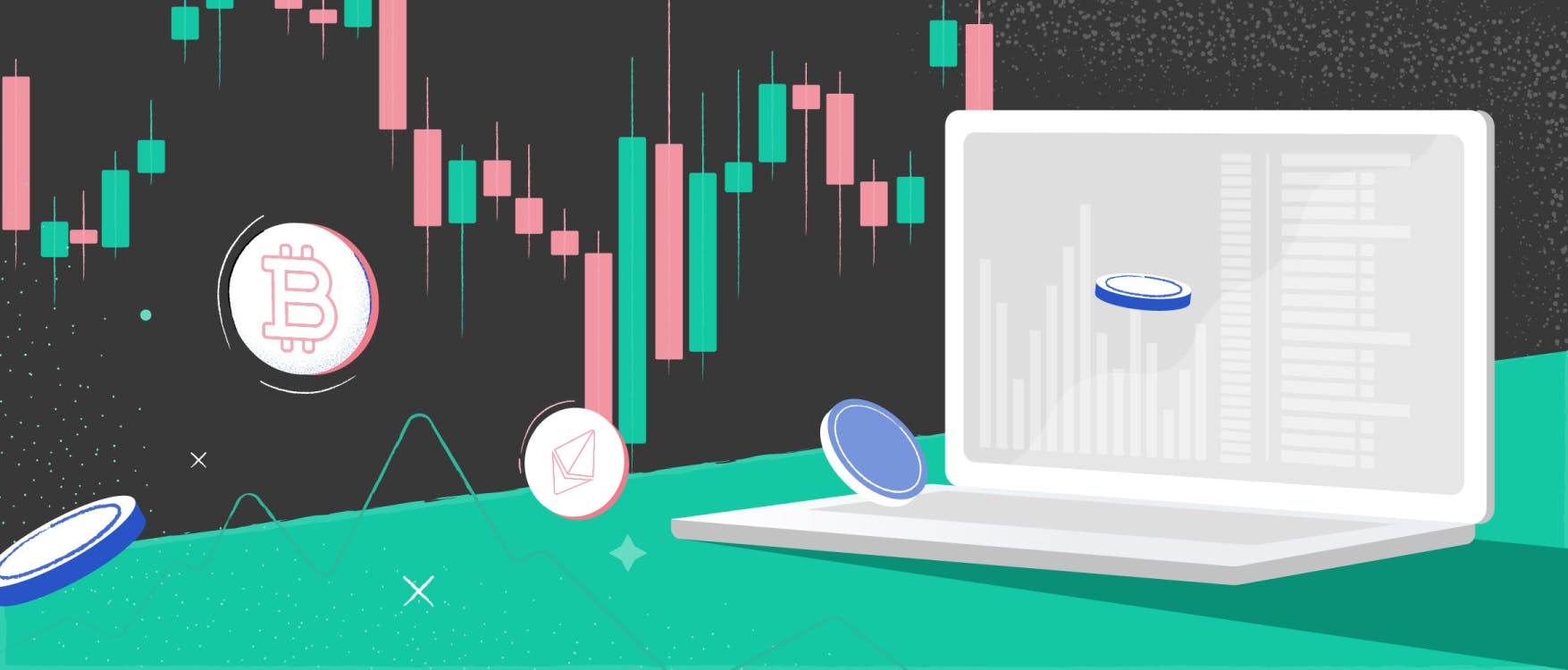
- All
- Tools
- Analytics
- Technical Analysis
- Trading
- Blockchain
- DeFi
- Guides
- Company News
- Educational
- Opinion
- Price Predictions
- Market News
- News
- Trading cases
- Practical guides
- Exchanges
- Trading signals
- Cryptocurrency
- Crypto bots
- Other
Become a crypto master
Learn everything about crypto,
trading and bots

Trade Signal Marketplace Guide: How to Find the Best Ones
When it comes to trading, success largely depends on a person’s reaction to market movements. People who know when to enter and exit are able to minimize losses and earn more than those who don’t have the “magic formula.”
This formula is called “trade signals.” In this trade signal marketplace guide, we will take a look at these trading tools and discover marketplaces that offer them.
Start Trading on 3Commas Today
Get full access to all 3Commas trading tools with free trial period

What is a trade signal?
A trade signal is a sign of a certain market movement that calls for an action: to buy or sell an asset. Trade signals are based on an analysis involving technical indicators or mathematical algorithms based on market action, or a combination of economic factors.
Trade signals are an essential tool: they allow users to take the right steps at the right moments. Keeping an eye on numerous assets and market movements is hard, because it requires too much information to be processed. With signals in their arsenal, traders can create a reliable and profitable portfolio, close potentially losing deals, and open newer, more profitable ones.
How does it work? Suppose there’s a bearish BTC market and you want to open a long position to earn when its price grows. Once the downtrend ceases and the uptrend starts, you get a buy signal. A couple of weeks later, you sell your BTC with a 22% profit.
The ultimate goal of a marketplace trade signal is to show:
- When to open or close positions;
- Which assets to invest in;
- The optimal buy amount;
- How much profit you can make by strictly following the recommendations.
Take a look at the trading chart above: signal providers inform traders on trend changes shown in red and blue zones: those are perfect moments to open a deal and make money on asset volatility.
Types of trading signals
Trading signals are divided into four major categories:
Momentum signals
These are defined by buying strength. Traders anticipate a strong correction in asset price and enter the market for a short period of time. This approach works best for a bull market. Popular momentum signals are based on RSI, MACD and ADX.
Breakout signals
These are based on 52-week highs or all-time buying highs. They buy on a breakout trying to catch a parabolic move: this indicates that an asset’s price can double or triple in a few weeks. This technique is also applicable to strong bull markets when all-time highs get broken.
Buying oversold dips
These appear under particular market conditions: an oversold Stochastic oscillator (~30 RSI), or a price extension from the 10-day EMA (exponential moving average). This signal poses a high risk/reward ratio based on buying during a deep dip in the asset’s price range. This indicator is used for highly volatile markets.
Trend following signals
These track the direction of long-term trends by using moving averages like 200-day SMA or all-time highs and lows. They display when it’s the right moment to enter shorts or longs, and buy or sell stocks. These signals work for trends with all-time highs and lows.
Where can I get trading signals?
Trading signals are provided by marketplaces: platforms that share signals and indicators in real time. Doing your own research and comparing signal providers may be challenging and work-intensive, but it’s important, because the fate of your trading account largely depends on the information you’re served.
In this trade signal marketplace guide, we cover the most popular providers in 2021:
Signal Providers | Price | Signal Frequency | Strategy Adopted |
|---|---|---|---|
1. Elliott Wave Forecast | 14-day free trial, and then a subscription starts at $99.99 per month | 15-20 per week | All strategies covered (including trend following and blue boxes) |
2. Learn 2 Trade | £35 per month | 3-5 per day | All strategies covered |
3. 3Commas | Free plans + individual pricing for each trader (average $20-30 per month) | Depends upon the provider (some send 7-14 signals per week, some over 100) | All crypto trading strategies covered |
4. Forex Signal Factory | Free | Over 15 per day | Not disclosed |
5. FX Leaders | $39 per month | 90-100 per month | Mostly technical indicators |
6. WeTalkTrade | $79.99 per month | 90-100 per month | Mostly technical indicators |
7. ForexGDP | $84 – $147 per month | 2-25 per month | Commodities, news analysis, and trend reversals |
8. Signals Premium | Based on broker deposit | Not disclosed | Automated technological analysis |
9. 1000pip Builder | $97 per month | 2-7 signals per day | Day trading strategies adopted |
10. FX Profit Signals | €45 per month | Varying | Major strategies adopted |
11. Pipswin | $20 per month | 5-8 signals per day | Day trading strategies adopted |
12. Forex Monarch | $147 fixed | 1-3 signals per day | Indicator-based signals |
13. Verified Crypto Traders | From $66 monthly, $1200 for 12 months | Up to 5 signals per day | Tech analysis of crypto market |
14. Fat Pig |
| 1-3 signals per day | Tech analysis of crypto market |
15. Universal Crypto signals | From $99 monthly, $999 for 12 months | 1-5 signals per day | Technical and fundamental analysis of crypto market |
To help you get an idea of how these marketplaces work, we will analyze three popular platforms.
Elliott Wave Forecast
One of the largest trading signal marketplaces, Elliott Wave Forecast provides indicators for a large spectrum of assets, including forex, cryptocurrencies, commodities, world indices, US stocks, and ETF. The information is analyzed by a team of 10+ experts, so each signal comes with solid research behind it.
Elliott Wave Forecast covers all strategies, which means users get an all-around look at the market. The platform offers a 14-day free trial and several subscription plans ($99.99-$399.99 per month). On top of signals, it provides personalized services and trading education.
Learn 2 Trade
Learn 2 Trade is a UK-based trading and investment education platform. It offers guides, market insights, and, of course, signals for various assets. It also covers gold, stocks, and indices.
The provider sends ample information on a specific stock or pair, whether it’s a buy or sell order or a required entry and exit price. Thus, users are in full control of stop-loss and take-profit points. It covers all trading strategies, and trading results are verified.
The price of a subscription starts at £35 per month and goes up to £250 for a Lifetime Account.
3Commas
3Commas is a versatile trading terminal for crypto enthusiasts. For a subscription fee, it allows users to follow signals from experienced traders. Users just need to connect an exchange account, find a suitable signal provider in the 3Commas Marketplace, create a signal bot, and follow the recommendations.
Pricing depends on the trader, with the average cost of subscription being $20-30 per month. The number of signals sent weekly varies too: from 7-14 to 100+ per week. Each signal sender follows its own strategy or combination of strategies, so it’s easy to find what appeals to your trading style. Note that the majority of traders operate on the Binance exchange.
Where else to search for signals
Many traders are used to fetching information from Telegram channels. It’s a great alternative to traditional desktop platforms. If this option appeals to you too, consider joining some of these communities:
- BeinCryptocommunity
- Fat Pig Signals
- Telegram Signals
- Pro Crypto Signals
- Coinsignals
- Verified Crypto Traders
- MYC Signals
- Universal Crypto Signals
- Bob’s Crypto Trades
- 4C Trading
- Signals Blue
Make sure to join only trustworthy, well-established channels. Watch the number of participants and read reviews on the net to make sure you don’t deal with scams. The effectiveness of the signals in most of them is not verified, so it’s okay to be concerned about transparency. Do your own research before following their recommendations, especially when it comes to paid subscriptions.
Don’t trust Telegram channels? Follow top-rated TradingView users: they share insights on the market and buy/sell signals that might actually work well. By taking a look at a TradingView chart, you will also understand the reasons why a particular signal appears.
How to find the best trading signal marketplace
The quality of live trade signals defines the profitability and success of deals. When in search of a reliable and efficient signal marketplace, you should take into consideration several crucial aspects:
- Time zone. You want to receive notifications when you’re awake so you can react quickly, so make sure the provider works in pretty much the same time zone as you.
- Free or paid? Both marketplace options are widely available, but paying doesn’t necessarily mean getting better signals. You can start with a free platform or a free trial to see how reliable their information is.
- Types of signals. There’s no need to stick to one indicator and a single strategy. Compare services and find the one that suits your trading style.
- Completeness of analysis. See a provider offering entry signals only? Pass it by and choose a platform that provides charts and ample market insights.
- Choice. As you gain trading experience, you might want to experiment with different types of signals, so make sure they’re at your fingertips. A worthy provider offers a decent choice of indicators (short- and long-term, ones focused on intraday breakouts, and so on). Having various signals at your disposal, you can figure out your personal trading style.
- Extra perks. If possible, pick a platform that offers additional services, such as educational materials on how to trade with signals, personal consultations, etc. These features can boost the efficiency of trading or boost your knowledge. Additionally, some marketplaces offer trading terminals for users to manage and analyze assets on a single desktop.
FAQ
A trade signal is a suggestion for entering a trade on a single stock or a currency pair at a particular time.
Trade signals are the result of market analysis (technical and mathematical) and research on global economic events. A signal can be based on a particular strategy or a combination of factors (indicators).
Signal marketplaces (providers) send users up-to-date information on what and when to trade. Some services are free, others are subscription-based. They differ by the assets analyzed, frequency of signals, strategies used, etc. Alternatively, traders can join Telegram channels dedicated to forex or crypto trading: they share signals and insights too.

A proven leader, successful at establishing operational excellence and building high-performance teams with a sharp focus on value creation and customer success.






